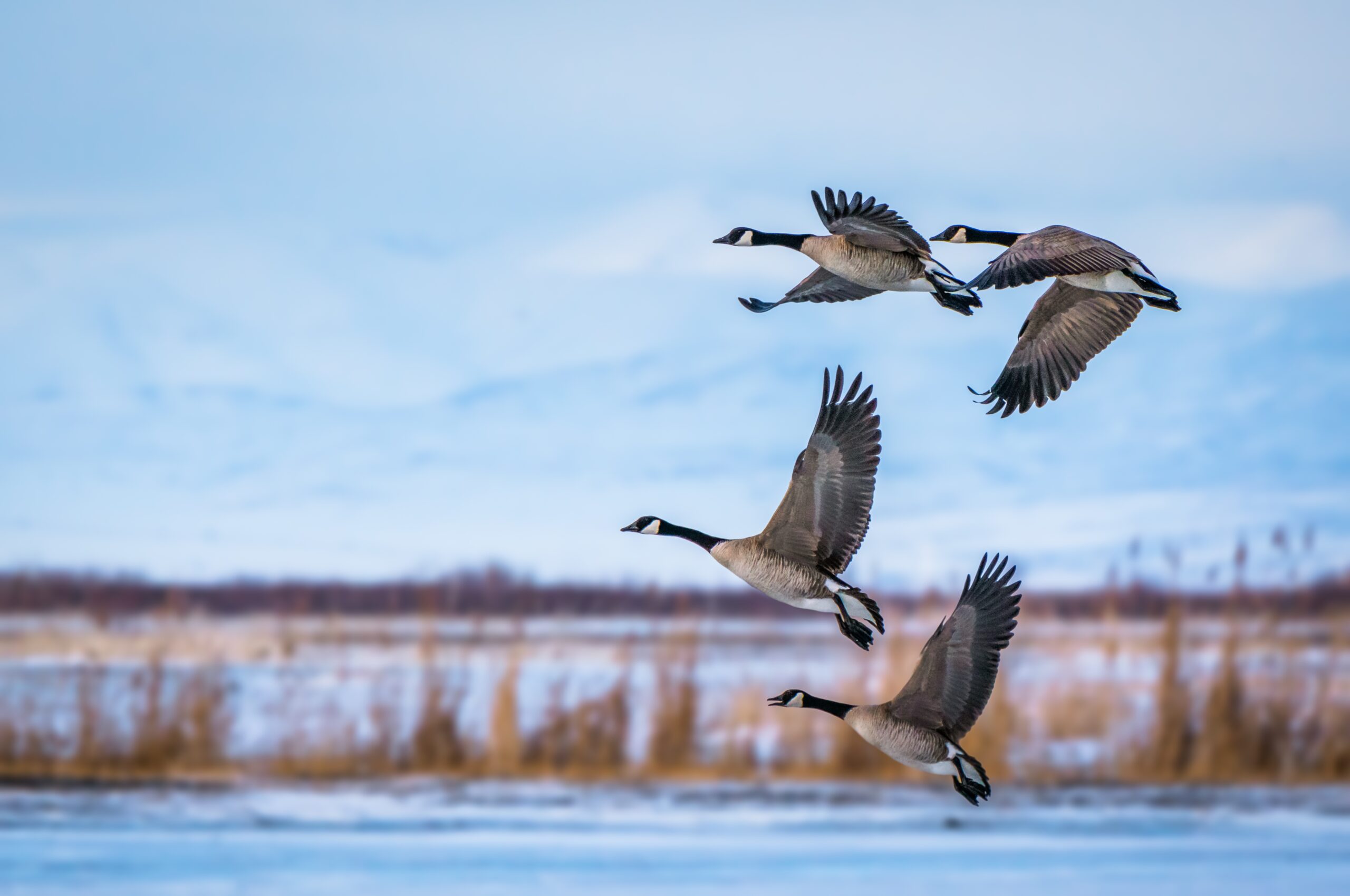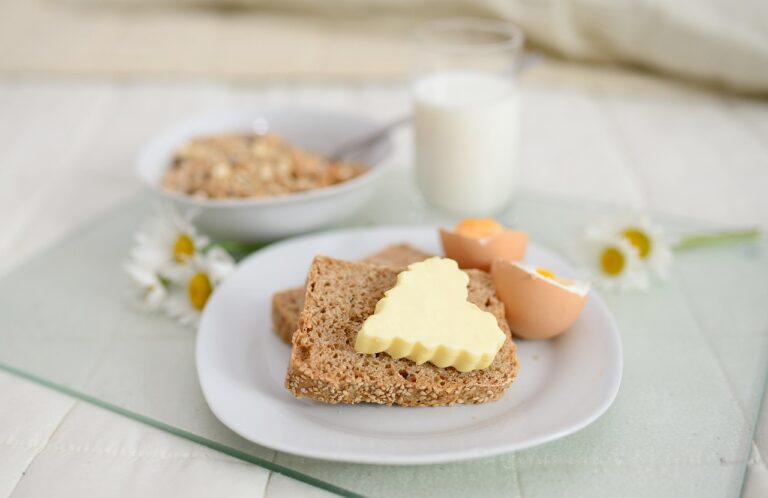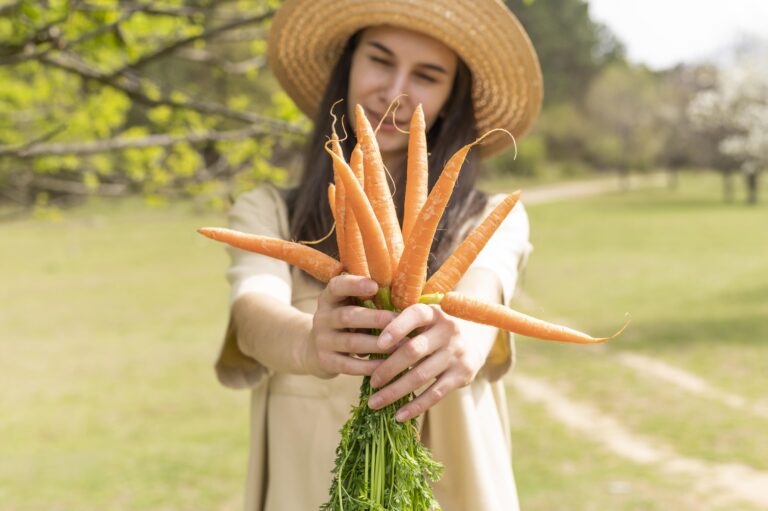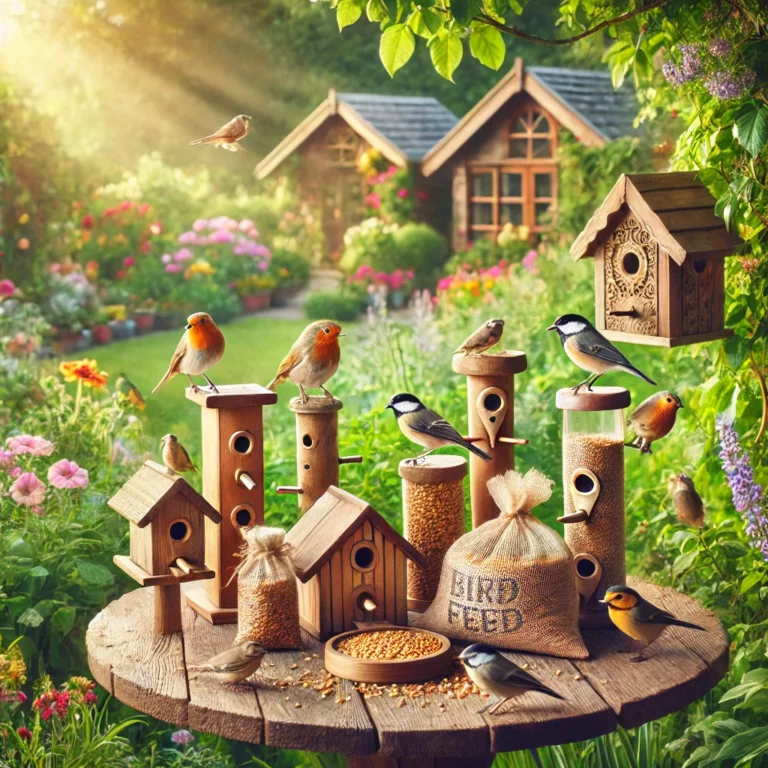What are the top 20 bird names?
Birds have been part of human culture and nature’s spectacle since forever.
From the majestic eagle soaring high to the tiny hummingbird zipping between flowers, these feathered creatures play vital roles in ecosystems and our imaginations alike.
Whether you’re a casual birdwatcher, a serious ornithologist, or just someone curious about the winged world, knowing the top birds by category gives you a solid foundation.
This list breaks down the top 20 bird names, organized by their key groups and behaviors because birds aren’t just names, they’re stories of survival, adaptation, and beauty that have stood the test of time.
Let’s dive into the diverse world of birds that have captured human attention across ages and continents.
Table of Contents
ToggleWaterfowl and Aquatic Birds in the USA: What I’ve Seen and How You Can Help
Growing up around lakes and wetlands in the USA, I got hooked on watching waterfowl. Ducks paddling, swans drifting, geese honking overhead this daily show is more than just a pretty sight.
These birds keep our ecosystems balanced and support local communities through birdwatching and environmental health.
Mallard Ducks
I’ve spent countless mornings watching Mallards dive and forage. They adapt easily to city parks and countryside wetlands, making them the easiest waterfowl to spot.
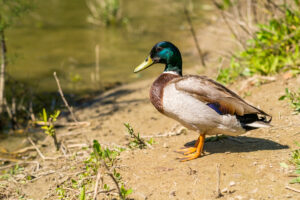
Tip: To attract Mallards to your pond, plant native aquatic plants and stop feeding them bread. Bread harms their health and pollutes the water.
Mute Swans
These elegant birds often confuse people because they are introduced species, not native to many US areas. I’ve seen them push out native birds and act aggressively.
Tip: If you spot Mute Swans near you, report them to local wildlife authorities to help keep ecosystems balanced.
Canada Geese
Canada Geese are everywhere in the States and a classic sight. They can get rowdy, especially in parks. I’ve dealt with goose messes myself.
Tip: Use goose deterrents like floating barriers or allow grass near water edges to grow tall. This keeps geese away humanely without harm.
Great Blue Heron
The Great Blue Heron is a real showstopper with its long legs and sharp beak. Watching one fish patiently taught me that patience pays off.
Tip: Support herons by keeping water clean and fish populations healthy. They rely on both for survival.
Emperor Penguins
While Emperor Penguins don’t live in the USA, they fascinate many through aquariums and documentaries.
Tip: Supporting their conservation protects these incredible birds and their fragile polar habitats.
Why This Matters and What You Can Do
Waterfowl and aquatic birds aren’t just beautiful they are indicators of clean water and healthy wetlands. Protecting them means protecting our environment.
Action: Support wetland restoration projects, volunteer, or donate to conservation groups. If you have a pond or lake, landscape responsibly and avoid harmful chemicals to create safe habitats.
Raptors (Birds of Prey): Masters of the Sky
Bald Eagle
The Bald Eagle is America’s iconic bird of prey. I’ve watched these powerful hunters soar high and dive with precision to snatch fish from rivers and lakes. Their impressive wingspan and fierce gaze make them unforgettable.
Tip: Protect nesting areas and avoid disturbing their habitats—these birds need space to thrive.
Red-tailed Hawk
Red-tailed Hawks are everywhere across the US, easily spotted perched on roadside poles or soaring overhead. I’ve seen them use sharp eyesight and swift dives to catch rodents and small mammals.
Tip: Maintain open fields and natural habitats where they hunt; don’t clear every bit of brush or field edges.
Peregrine Falcon
Peregrine Falcons are the speed demons of the bird world, capable of diving at over 200 miles per hour. I’ve marveled at their agility as they catch pigeons mid-flight.
Tip: Urban environments can be great for them tall buildings mimic cliffs where they nest, so cities can support their comeback.
Osprey
Ospreys specialize in fishing, plunging feet-first into water to grab fish. I’ve observed them build nests on platforms and poles near lakes and coastlines.
Tip: Installing osprey nesting platforms encourages these birds and helps keep fish populations balanced.
Barn Owl
Barn Owls hunt mostly at night using exceptional hearing to find rodents in the dark. I’ve heard their eerie screeches near barns and fields, a reminder they are stealthy rodent controllers. Tip: Preserve old barns and woodlands where they roost. Avoid pesticides that kill their prey.
Songbirds and Perching Birds (Passerines): Everyday Backyard Stars
American Robin
The American Robin is one of the first signs of spring where I live. These birds are constantly digging through lawns for worms and insects. I’ve watched their bright orange breasts brighten up gray mornings.
Tip: Keep your yard pesticide-free to help robins find healthy food and water.
Northern Cardinal
Northern Cardinals are a stunning sight with their bright red feathers and clear whistle. I’ve often spotted them perched on feeders or thick shrubs.
Tip: Plant native berry-producing shrubs to provide natural food sources throughout the year.
House Sparrow
House Sparrows are tough little birds that have adapted well to city life. I’ve seen them thriving in urban neighborhoods, scavenging crumbs and nesting in nooks.
Tip: They’re friendly but can compete with native species, so balance your bird feeders with native plants to support local wildlife.
Blue Jay
Blue Jays are loud and bold with their striking blue plumage. I remember their raucous calls waking me up early.
They are smart and sometimes a little mischievous around feeders. Tip: Use squirrel-proof feeders to protect your seed from their energetic raids.
European Starling
European Starlings arrived from Europe but are now everywhere in the US. I’ve seen their massive flocks create swirling patterns in the sky.
They’re aggressive competitors for nesting spots. Tip: Provide nesting boxes designed for native species to help balance populations.
Specialized and Unique Birds: Nature’s Originals
Ruby-throated Hummingbird
The Ruby-throated Hummingbird is a tiny marvel I always watch in awe as it hovers and darts around flowers.
They fuel themselves on nectar and need feeders or gardens full of blooms. Tip: Plant native nectar-rich flowers or hang sugar water feeders to attract them.
Downy Woodpecker
Downy Woodpeckers are small but mighty, drumming on trees for insects. I’ve spent hours listening to their rhythmic tapping in my backyard.
Tip: Leave dead trees or limbs if safe to do so, as they provide critical habitat.
Greater Flamingo
Though rare in the wild USA, Greater Flamingos catch attention in zoos and wildlife parks with their striking pink feathers. They are filter feeders living in shallow waters.
Tip: Support wetland conservation to protect habitats for flamingos and other waterbirds.
Indian Peafowl (Peacock)
Peacocks aren’t native to the US but are popular in parks and estates for their dazzling tail displays. I’ve seen them strut confidently, turning heads wherever they go.
Tip: They need safe spaces and enough room to roam; avoid overcrowding in captive settings.
Keel-billed Toucan
Toucans don’t live in the USA naturally but are beloved for their huge colorful bills. They thrive in tropical forests and play important roles in seed dispersal.
Tip: Supporting rainforest conservation helps protect toucans and countless other species.
FAQs about Top Bird Names
Q1: Why are some birds more popular or well-known than others?
A: It usually comes down to their visibility to humans, cultural significance, or unique traits. Eagles and hummingbirds stand out because they’re either iconic symbols or showcase remarkable behaviors.
Q2: Are these bird names universal or do they vary by region?
A: Common bird names can vary by region and language, but many species like the Bald Eagle or Mallard Duck have widely recognized names worldwide.
Q3: How do birds get categorized into groups like raptors or songbirds?
A: Birds are grouped based on shared characteristics like diet, behavior, physical features, and evolutionary history.
Raptors are hunters, songbirds sing complex tunes, and waterfowl live around water.
Q4: Can I spot all these birds in one place?
A: Not really. Birds have different habitats. You won’t find penguins and hummingbirds in the same neighborhood.
But if you travel or visit diverse habitats, you might get lucky.
Q5: Why is it important to know about birds?
A: Birds are indicators of environmental health, help control pests, pollinate plants, and inspire human culture.
Knowing them keeps us connected to nature and reminds us of what’s at stake if we don’t protect habitats.
Conclusion
Birds aren’t just pretty creatures flitting around they’re critical players in our world, each species carrying unique stories of evolution and survival.
The top 20 birds listed here represent a cross-section of nature’s diversity, from powerful hunters to delicate nectar feeders.
Understanding these birds and their roles isn’t just for science geeks; it’s a step towards appreciating and protecting the natural world that’s been around long before us and hopefully will stick around long after.
So next time you spot a cardinal or hear a woodpecker’s tap, remember: you’re witnessing a chapter in a timeless saga written by the skies themselves.

